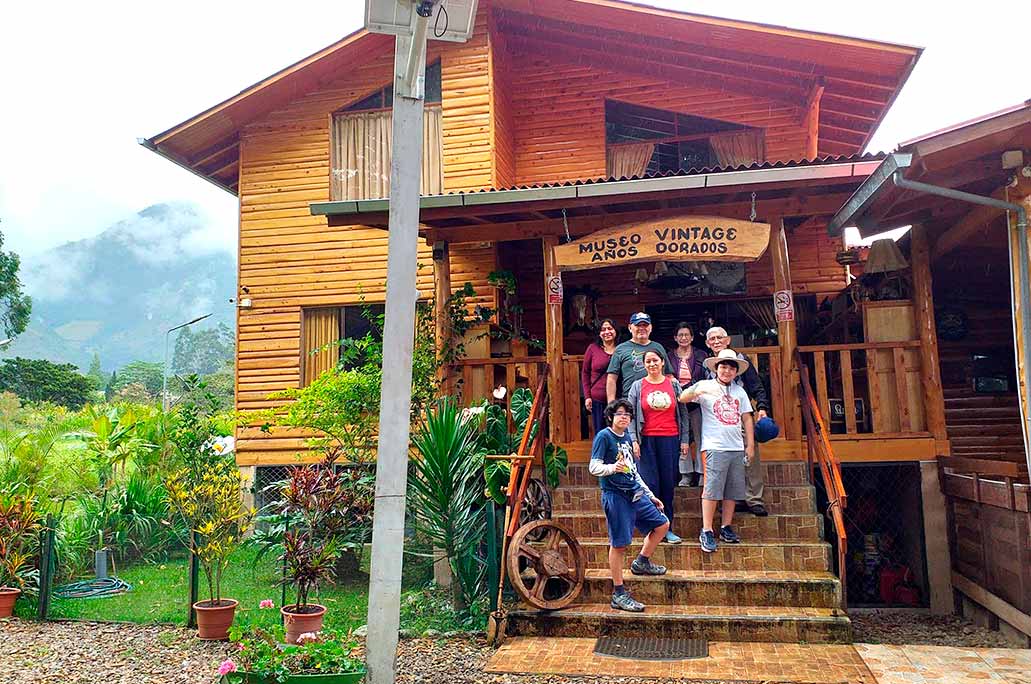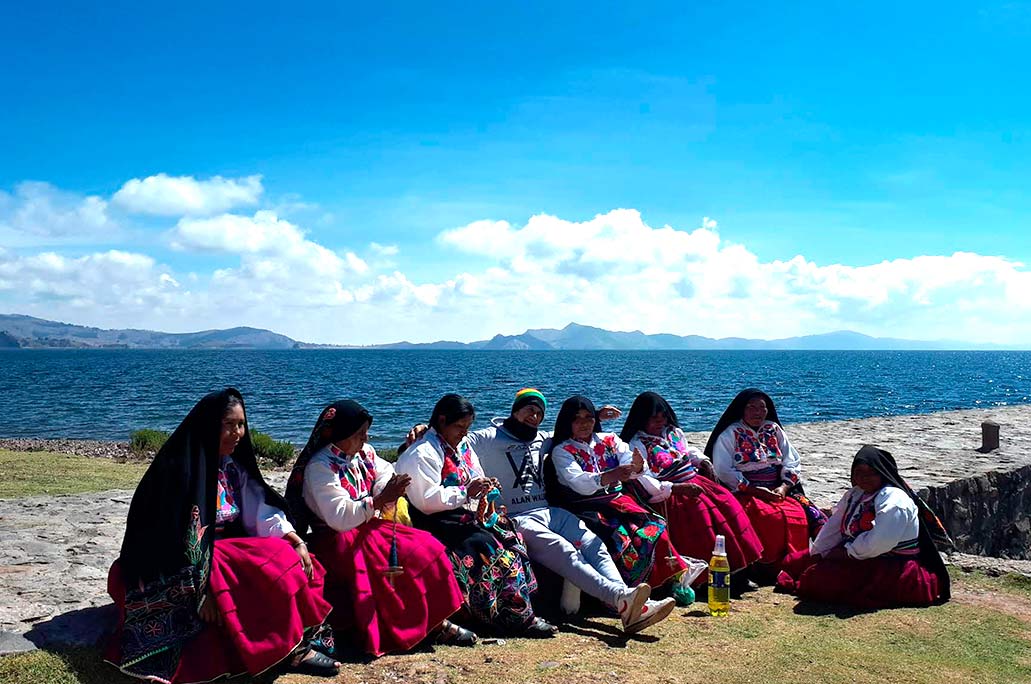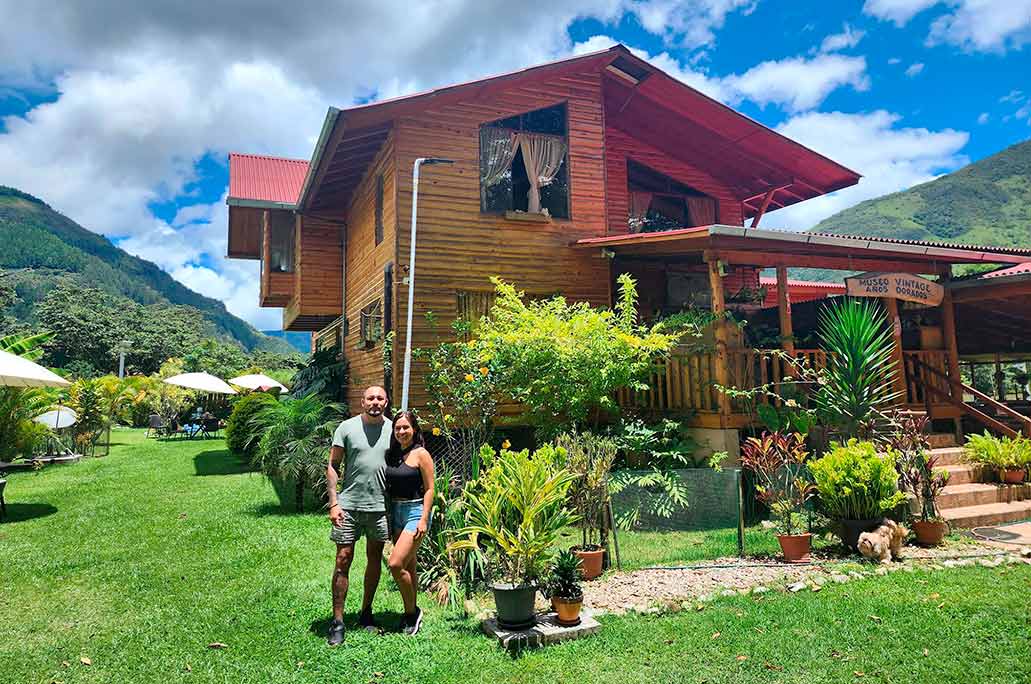Sustainable Tourism in Peru: Complete Guide to Traveling Without Leaving a Trace
If you are about to travel to Peru and want to have a different experience, consciously respecting and caring for the places you visit, learn how to explore the country responsibly, connecting with its culture, nature, and traditional local communities. Discover this sustainable tourism guide and embark on an unforgettable adventure.
Contents
The Importance of Sustainable Tourism
Traveling is not only a way to discover the world, but also an opportunity to transform it. Every adventure through natural landscapes, archaeological sites, and traditional cultures generates an impact that can either benefit or harm the ecosystem or environment in which they exist.
Sustainable tourism aims to be an alternative to overcrowded destinations, with pillars such as environmental care, cultural preservation, and local economic benefit. Its purpose is to enjoy the destination without compromising its condition for future generations.
In Peru, this approach is vital, as it hosts more than 80 ecosystems and 12 different ecoregions, in addition to a great cultural richness with hundreds of languages, traditions, and ancestral knowledge. However, mass tourism, especially in destinations like Cusco and Machu Picchu, has proven to be somewhat fragile if not properly preserved.
Sustainable tourism seeks a better alternative, where each trip has a greater purpose, benefiting local communities and protecting each natural environment.
Main Sustainable Tourism Destinations in Peru
Within Peru, you can experience a wide variety of activities thanks to its geographic and cultural richness. Discover the most notable sustainable destinations you can visit during your trip:
1. Willoq and Patacancha Community (Cusco)
Located near Ollantaytambo in the Sacred Valley of the Incas, these communities are pioneers in sustainable experiential tourism. During your visit, you can interact with their daily routines, participating in planting, harvesting, gastronomy, or artisanal weaving.
Additionally, the community itself manages the income, which is used to continue preserving their culture and the surrounding nature. Staying in the Willoq and Patacancha communities allows you to experience Andean culture from the inside, under a sustainable model where the main focus is on their traditions.
- Location: Ollantaytambo District, Urubamba Province, Cusco Region.
- Altitude: 3,800 meters above sea level
The Sacred Valley of the Incas
When visiting the Willoq and Patacancha communities, you can also explore the famous Sacred Valley, where you will encounter unforgettable landscapes with mountains, rivers, snow-capped peaks, archaeological sites, and villages rich in tradition. In each town of the Valley, you can have authentic experiences, learning more about ecotourism while immersing yourself in the nature and culture that define these places.
2. Tambopata (Madre de Dios)
In the Madre de Dios region, the Tambopata National Reserve operates as a model of continuous conservation through sustainable tourism. This area has projects powered by solar energy and water treatment systems, alongside ongoing reforestation programs.
The experiences you can participate in range from guided tours to observing typical jungle animals in their natural habitat. It is also an ideal destination to learn about medicinal plants alongside native communities. Each experience aims to educate as much as entertain.
- Location: Tambopata Province, Madre de Dios Region, southeastern Peru.
- Altitude: 300 meters above sea level.
3. Vicos (Áncash)
In Carhuaz Province, Áncash, lies the Vicos community, considered one of the most authentic places to experience experiential tourism. At the foot of Mount Huascarán, these villages have developed a self-managed tourism model along with authentic local experiences.
When visiting Vicos, you can stay with a traditional family, participate in agricultural work, taste traditional food, and learn more about their ancestral weaving and farming techniques.
- Location: Marcará District, Carhuaz Province, Áncash Region.
- Altitude: 3,300 meters above sea level.
4. Lake Titicaca (Puno)
High in the Andean region of Peru, Lake Titicaca (3,812 meters above sea level) not only offers some of the most stunning landscapes but also the rich culture of the communities that inhabit this territory.
In particular, Amantaní and Taquile Islands provide Lake Titicaca with unique community experiences, where local families offer accommodation, meals, and many cultural activities. Everything is managed cooperatively, and benefits are distributed fairly. Additionally, visits are limited to protect the lake’s natural environment.
- Location: Zarumilla District, Zarumilla Province, Tumbes Region.
- Altitude: At sea level.
5. Tumbes Mangroves
In northern Peru, the Tumbes Mangroves National Reserve is one of the most amazing ecosystems where you can practice sustainable tourism. Local communities offer walking and boat tours that do not disturb the natural balance of the area.
During each tour, you can learn about the incredible diversity of flora and fauna, interact with some animals, and gain a deeper understanding of their role and importance in the ecosystem. Reforestation projects and environmental education are also promoted here with the tourism-generated income.
- Location: Zarumilla District, Zarumilla Province, Tumbes Region.
- Altitude: At sea level.
6. Oxapampa (Pasco)
In the central jungle of Peru, the province of Oxapampa is renowned for its combination of Austro-German heritage and Amazonian traditions. Alongside extraordinary biodiversity, this place is one of the leading examples of sustainable tourism.
Local companies offer ecotourism, agritourism, and rural tourism routes, with views of natural landscapes and cultivated fields that add value to the experience. In addition to finding eco-friendly accommodations, you can also visit native communities that promote low-impact environmental practices and environmental education for all visitors.
- Location: Oxapampa Province, Pasco Region, central jungle of Peru.
- Altitude: 1,800 meters above sea level.
7. Kuélap (Amazonas)
In northern Peru, you can also visit an incredible sustainable destination: located in the Amazonas region, the Kuélap fortress is an archaeological site managed under controlled tourism and heritage conservation standards.
In the surrounding area, communities such as Lónguita and Tingo offer rural accommodations, guided tours through abundant biodiversity, and traditional cuisine. It is a balanced experience between culture, history, and nature.
- Location: Tingo District, Luya Province, Amazonas Region.
- Altitude: 2,950 meters above sea level.
Sustainable Practices for Responsible Travelers
- Choose accommodations with eco-friendly practices that use renewable energy or support local communities.
- Use sustainable transportation whenever possible: walk, ride a bicycle, or use public transport.
- Reduce plastic use by carrying reusable bottles, cloth bags, and consuming fewer packaged products.
- Buy handmade products, eat at local markets, and support the local economy.
- Always respect local customs and the natural biodiversity you visit.
- Support community projects by participating in volunteer activities, allowing you to learn while helping.
- Spend more time in fewer places to better understand the culture and customs of the communities.
Frequently Asked Questions
- What does it mean to travel sustainably?
Traveling sustainably in Peru means enjoying the country while taking care of its natural environment and culture. It involves choosing accommodations, routes, and activities that directly benefit local communities, reduce environmental impact, and help preserve biodiversity.
- Why is sustainable tourism important in Peru?
Peru is one of the most biodiverse countries on the planet, with fragile ecosystems and enormous cultural richness. Sustainable tourism helps protect these resources and ensures they are preserved for future generations.
- Which Peruvian destinations are ideal for practicing sustainable tourism?
Some of the most notable destinations are Willoq and Patacancha (Cusco), Tambopata (Madre de Dios), Vicos (Áncash), Lake Titicaca (Puno), Manglares de Tumbes, Oxapampa (Pasco), and Kuélap (Amazonas). All offer authentic experiences, locally managed and with low environmental impact.
- Do I need a large budget to practice sustainable tourism?
Not necessarily. Sustainable tourism is not a luxury, but a more conscious way of traveling. Many communities offer family-run accommodations, local meals, and activities at affordable prices.
- How can I support local communities during my trip?
You can do this by staying in accommodations run by local families, buying handmade crafts, and consuming local products. Each action helps strengthen the communities’ economy and preserve their cultural identity.
- Is it safe to visit rural or Amazonian communities?
Yes, if you do so with proper guidance. Communities that promote sustainable tourism are prepared to welcome visitors in an organized, respectful, and safe manner.
- Can I participate in cultural or agricultural activities during my visit?
Absolutely. In communities such as Vicos, Misminay, or Willoq, you can participate in planting, harvesting, weaving workshops, or traditional cooking classes. These are authentic experiences where you learn while contributing.
- How is it ensured that tourism truly benefits the communities?
Sustainable projects are managed by the communities themselves, who decide how to distribute the income. Generally, the funds go to education, health, infrastructure, or environmental conservation. Choosing this type of tourism has a direct and positive impact.
- Can I do volunteer work during my trip?
Yes, there are volunteer options in rural communities and environmental projects. The important thing is to choose programs managed by local organizations, where your help genuinely contributes to sustainable development.
- When is the best time to practice sustainable tourism in Peru?
Sustainable tourism can be practiced year-round, but the ideal is to travel outside the high season (April to October), when there are fewer crowds and destinations are calmer. This also helps distribute tourism more evenly.
By Machupicchu Terra – Last updated, October 29, 2025





